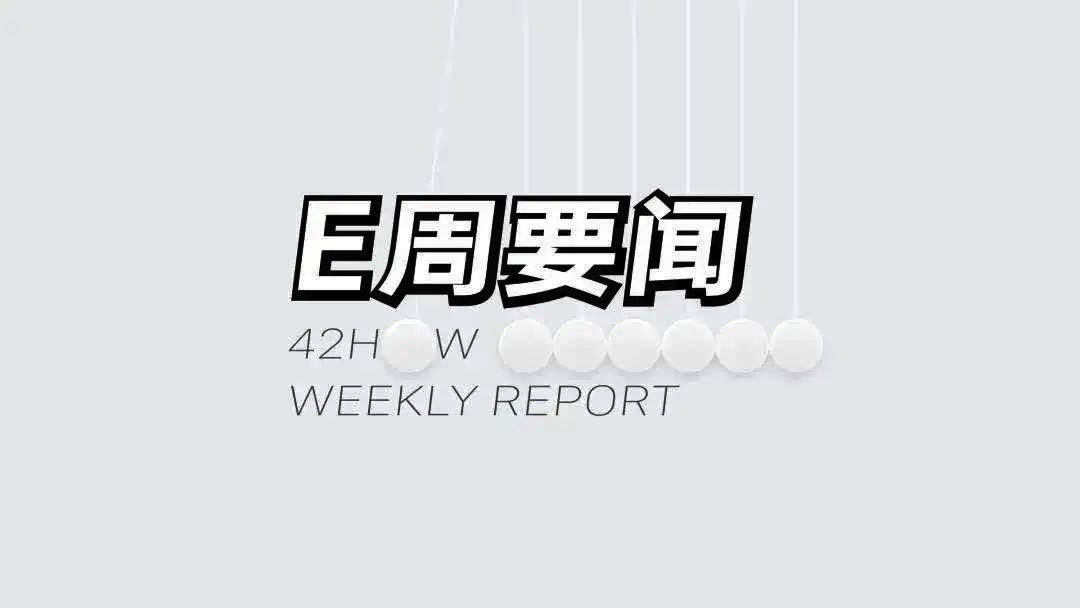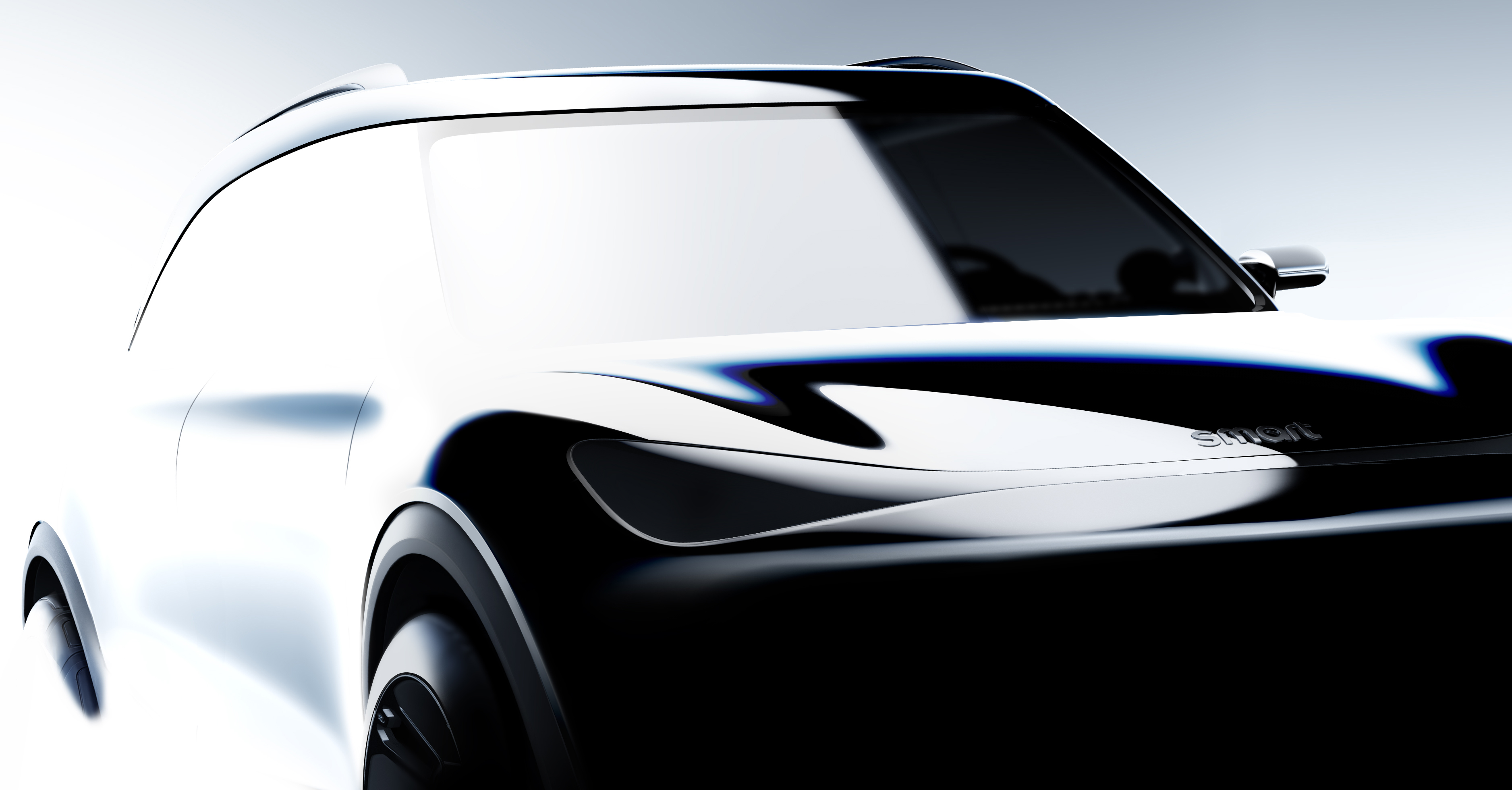Weekly Index
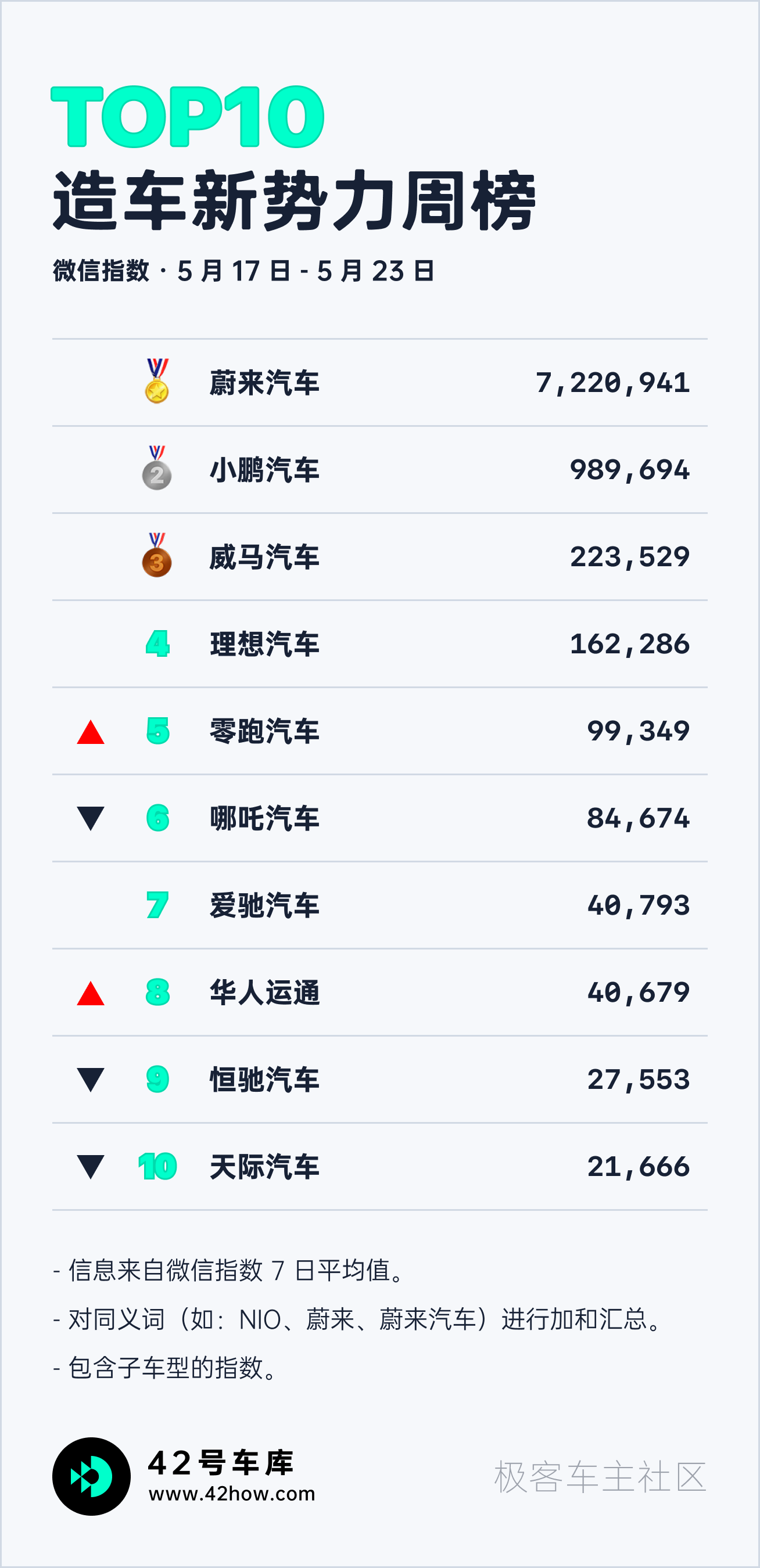
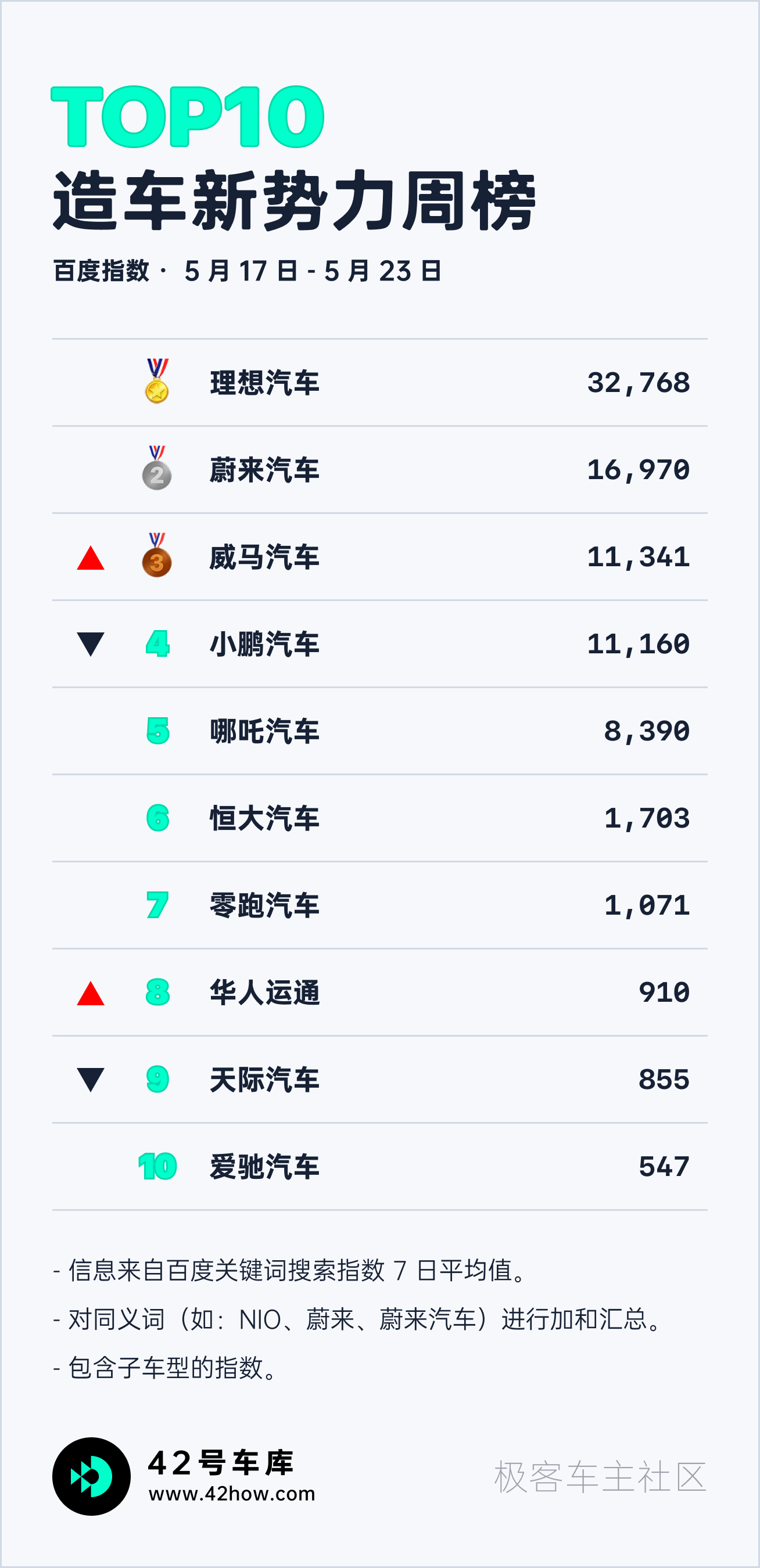
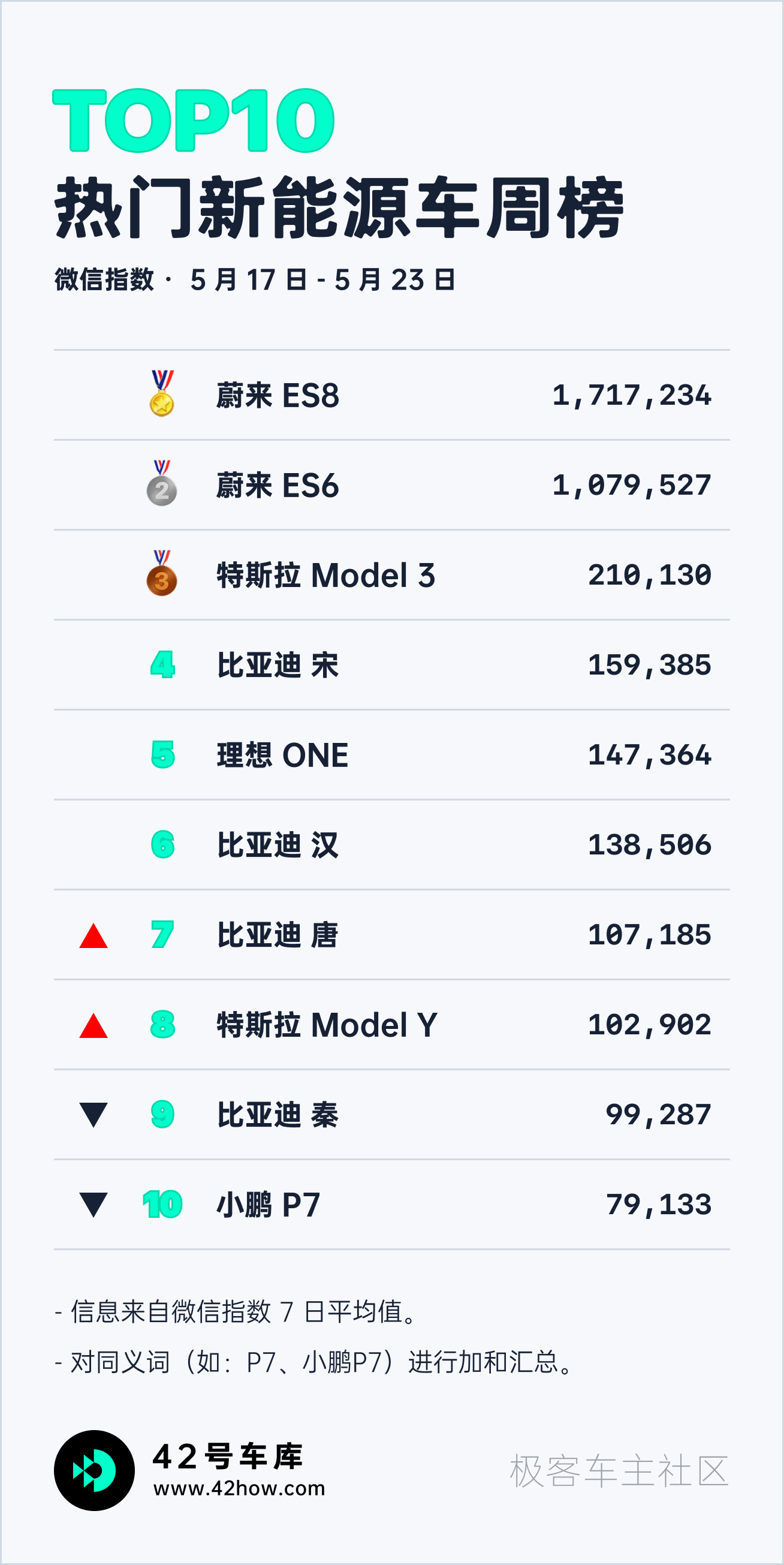
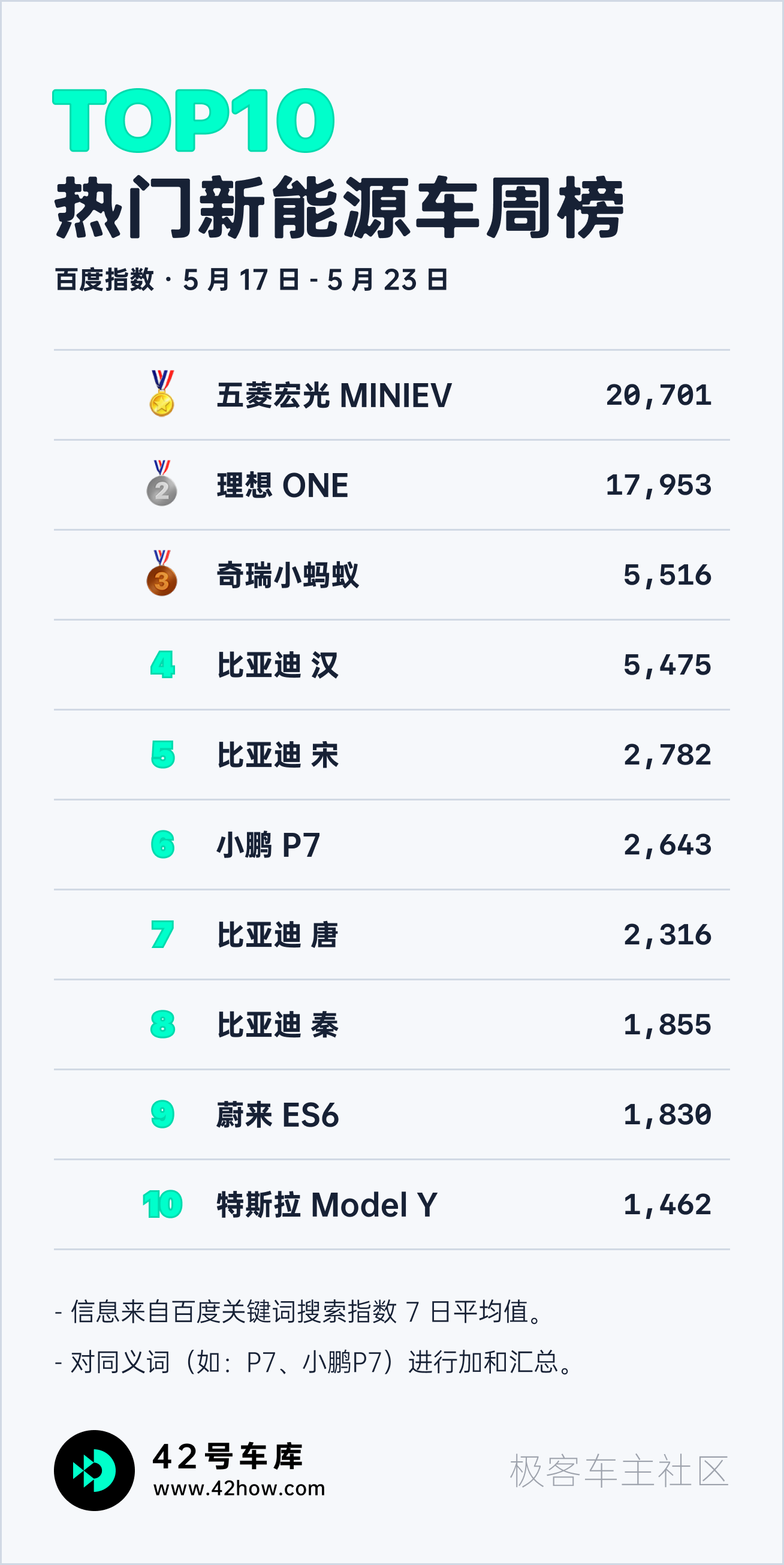
Weekly News
Huawei releases a statement denying the production of cars
On May 24th, Huawei released a statement entitled “Huawei’s Statement on Not Producing Cars,” reiterating their long-term strategy of not producing cars since 2018, which has not changed.
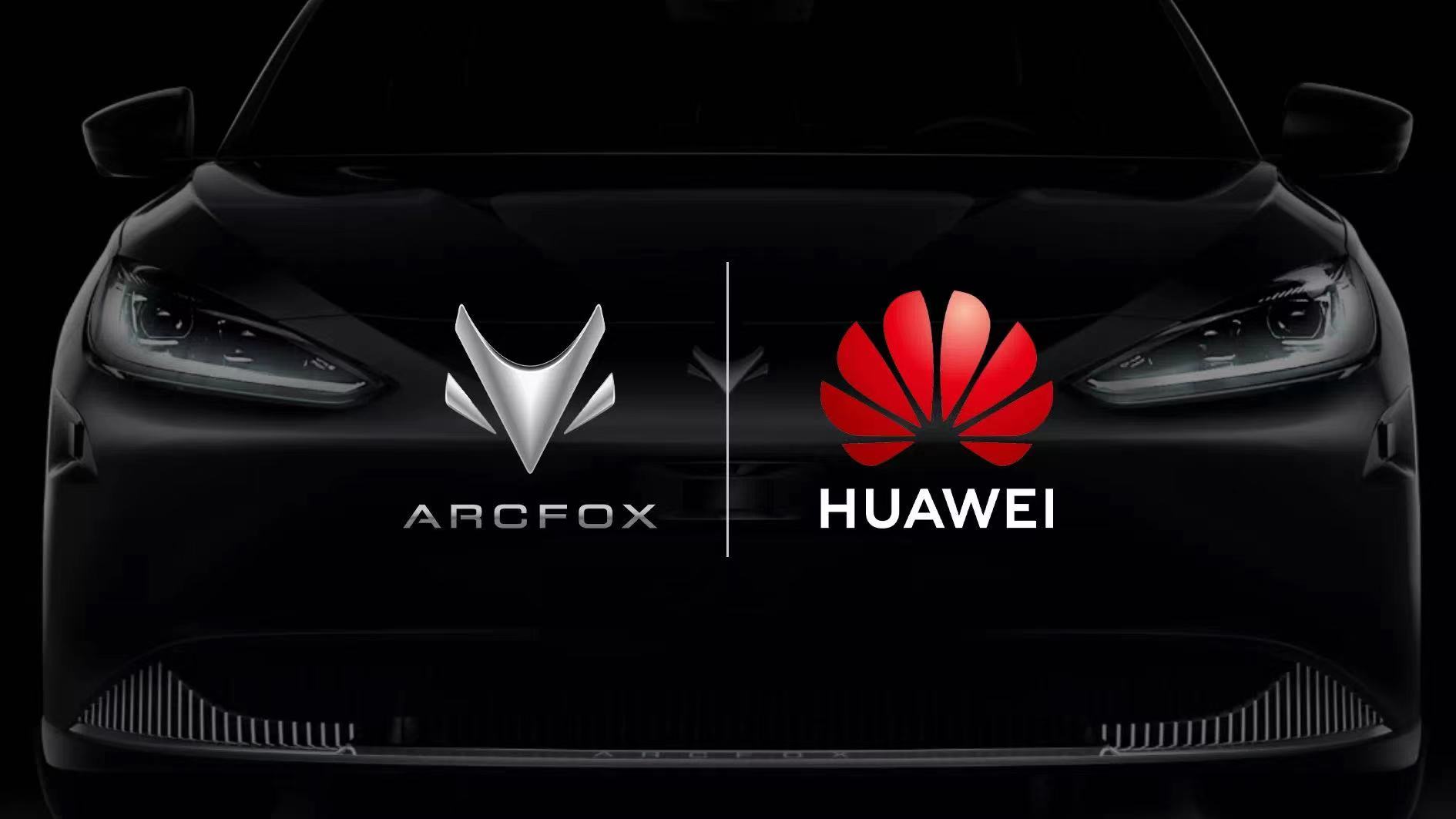
Huawei stated that they have not invested in any car companies so far, and will not do so in the future, nor will they hold or participate in shares. Huawei has chosen Beiqi, Changan, and GAC as strategic partners to support them in building their respective sub-brands.
Comment:
Huawei reiterates that they are not producing cars and that what the industry needs is not Huawei-branded vehicles, but rather the ICT technology capabilities that Huawei has accumulated over the past 30 years. Huawei will help car companies produce future-oriented vehicles and provide intelligent networked car parts based on Huawei’s ICT capabilities. Only the cars that have used Huawei’s autonomous driving solutions with Huawei’s authorization can use the HI (Huawei Inside) logo.
Ford and SK Innovation will form a battery joint venture in the United States
On May 21st, Ford signed a joint venture memorandum of understanding with SK Innovation, a Korean battery manufacturer, to establish a battery joint venture called BlueOvalSK in the United States to produce battery cells and battery packs.
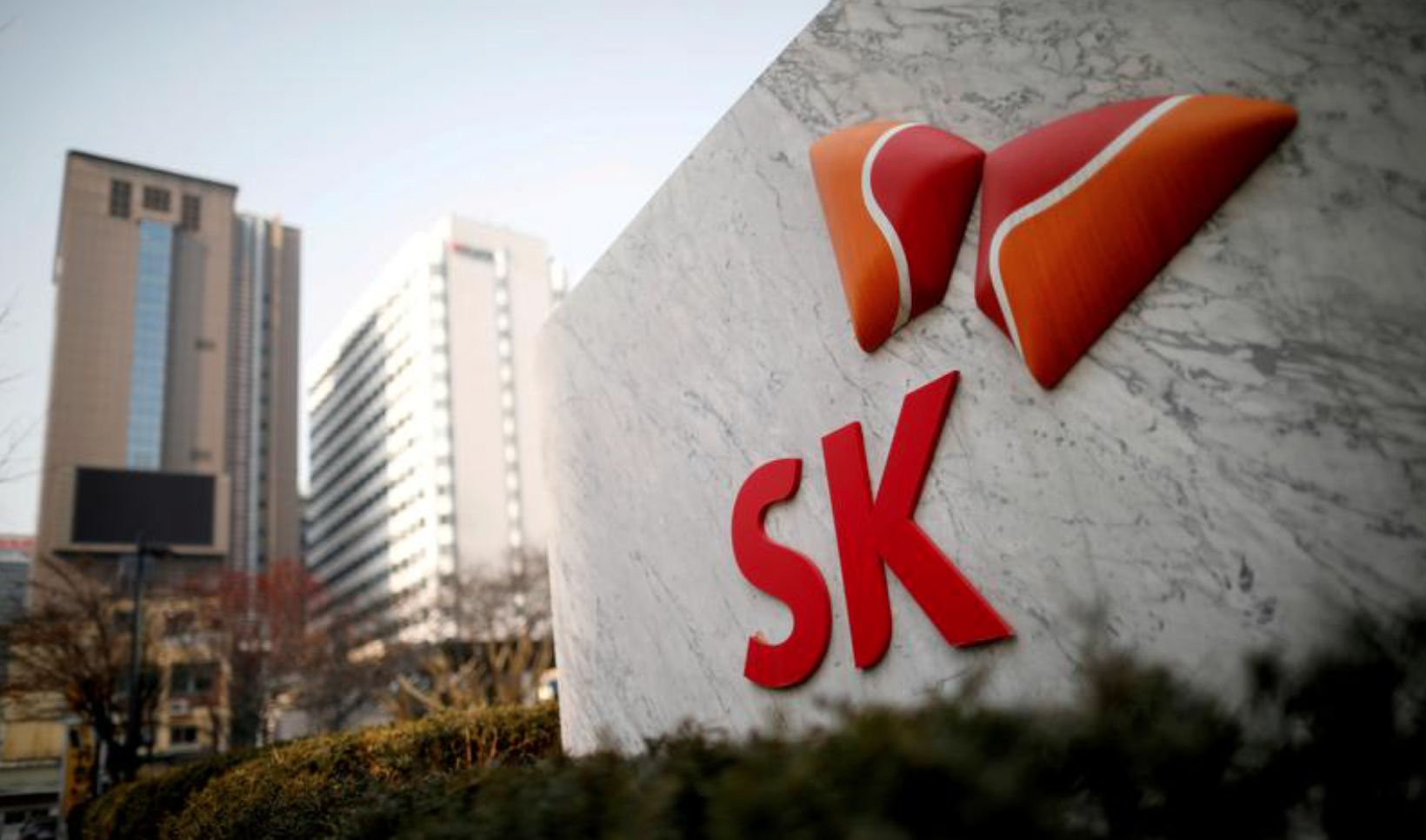
_ (Image Source: Reuters)_## BlueOvalSK Plans to Achieve Mass Production Around 2025 with a Battery Annual Capacity of Approximately 60 GWh, Expandable in Production Capacity. The Company Plans to Reach a Battery Annual Capacity of 140 GWh in North America and 240 GWh Worldwide by 2030.
Although the establishment of BlueOvalSK is still subject to the final agreement between the two parties, regulatory approval, and other factors, it can support Ford’s increasing demand for large batteries for electric vehicles and promote vertical integration of core electric capabilities.
SK Innovation in Korea has collaborated with car manufacturers such as Hyundai, BAIC, Daimler Group, and developed NCM-811 nickel-containing batteries in 2016. These batteries will be produced in the United States to provide power support for the Ford F-150 Lightning. SK Innovation’s next-generation cells and battery packs will be applied to more Ford electric vehicle models.
Ford F-150 Officially Released, Test-Driven by Biden
On the evening of May 19th, the Ford pure electric pickup truck F-150 LIGHTNING was officially released. The standard version has an EPA range of 230 miles (about 370 kilometers), and the high-end version has an EPA range of 300 miles (about 482 kilometers). All models are equipped with dual motors, with a maximum power of 318 kW for the standard version and 420 kW for the high-end version. The official stated that the high-end version can accelerate from zero to 60 miles in about 4.5 seconds.
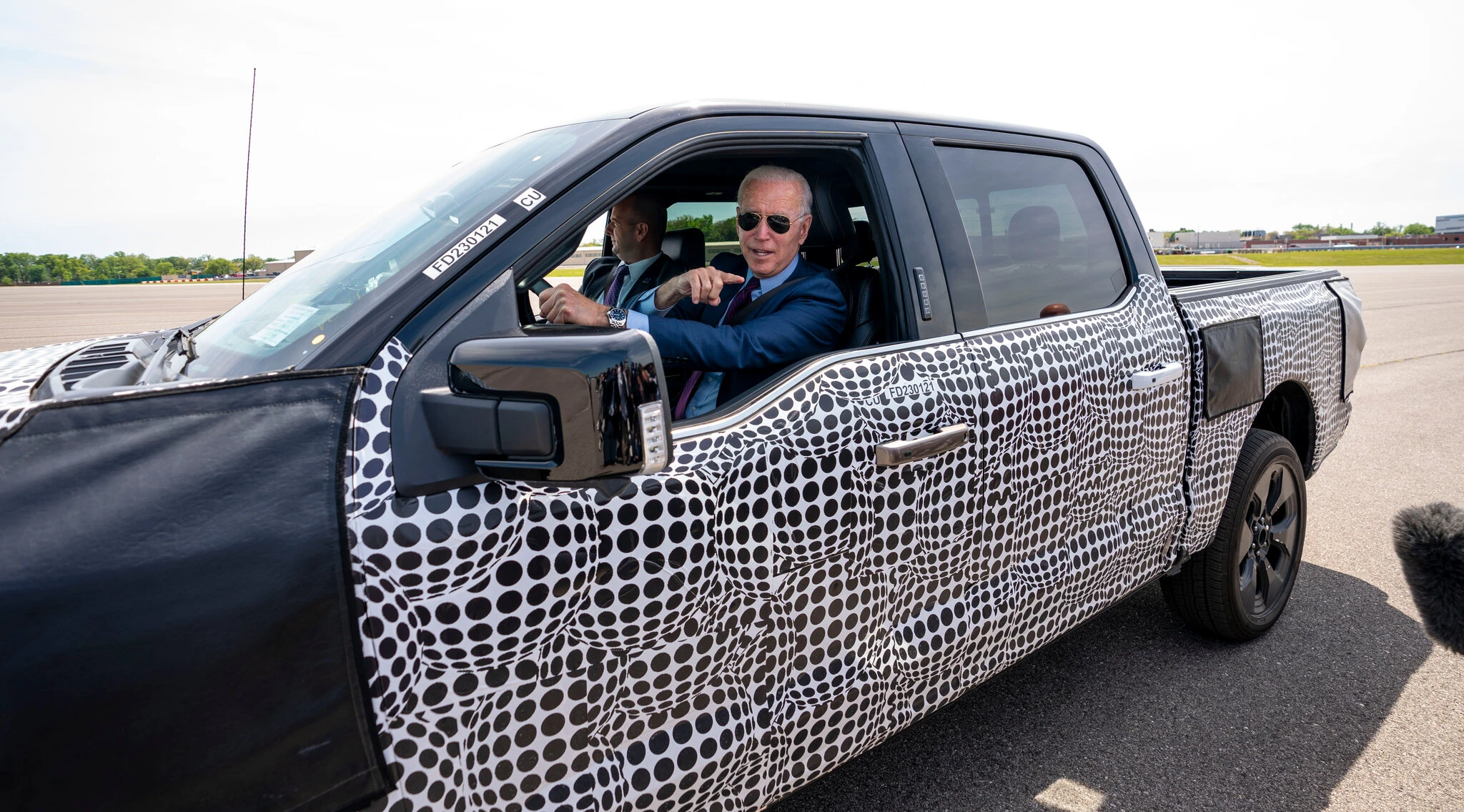
_ (Image source: The New York Times)_
In terms of charging, the pure electric F-150 supports a maximum of 150 kW DC fast charging, which can charge from 15% to 80% in 41 minutes. It also supports 9.6 kW reverse output, which can support normal use of almost all household appliances when connected to the home power grid. The battery parameters have not yet been disclosed, but the estimated battery capacity (15.2 kW DC charging fills up in 8 hours) based on the official charging data may reach 150 kWh. The starting price of the new car is 39,974 US dollars, and the high-end version is 49,974 US dollars.
**Quick Comment: **# On May 18th local time, Biden visited Ford’s Dearborn electric vehicle factory, test drove the F-150, and reiterated his electric vehicle plan. Previously, the Biden administration announced a $2.25 trillion infrastructure building plan, of which $174 billion will be specifically allocated to the electric vehicle industry, including measures such as purchase rebates, tax incentives, updating 20% of school buses to electric vehicles, and accelerating the electrification of the federal fleet through federal procurement, while planning to build 500,000 electric vehicle charging stations nationwide.
Elon Musk visits Tesla’s Gigafactory Berlin, hoping to start production by the end of this year
On May 16th, Elon Musk arrived in Germany and conducted a “technical visit” to the Gigafactory Berlin, saying that he hopes the factory can start production by the end of this year.
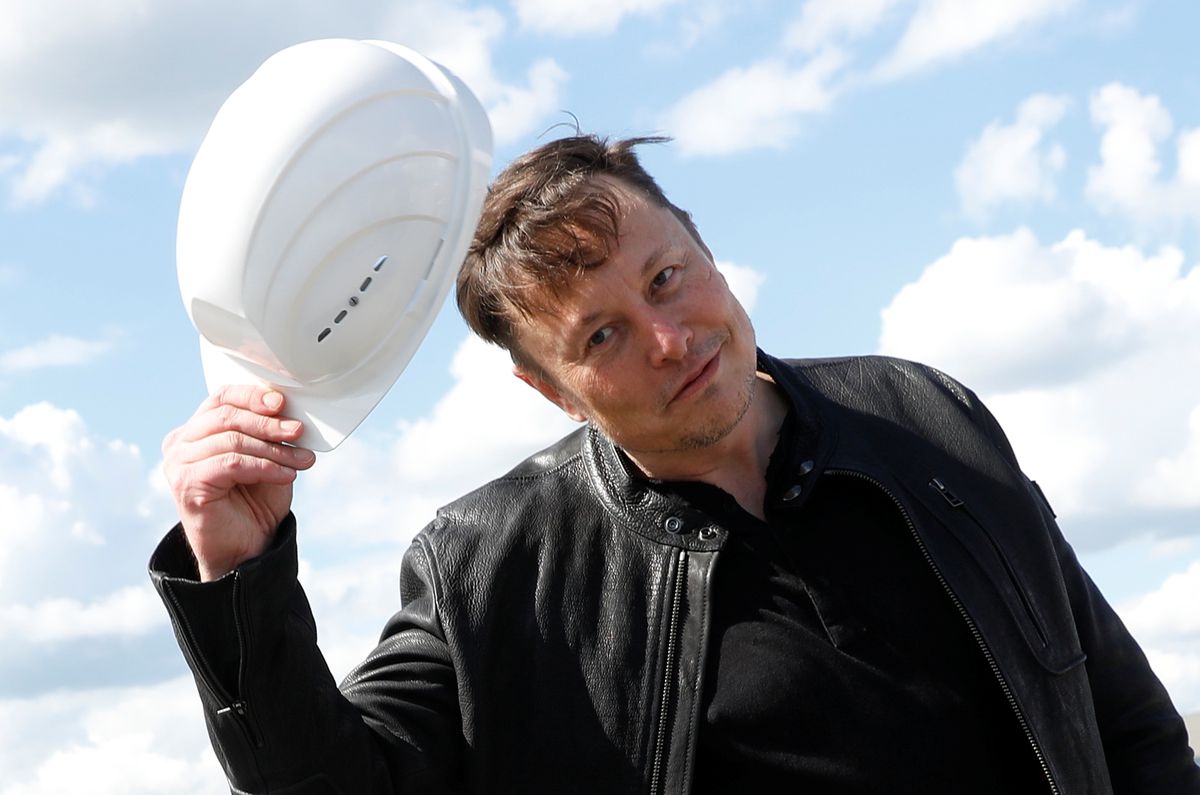
(source: Reuters)
Musk said that it is difficult to predict production time accurately, and only by having all the parts ready and technical support can cars be manufactured. At the same time, he believes that bureaucratic rules in Germany are one of the reasons for the delay in the Gigafactory Berlin, and suggests that regulations should be actively adjusted in order to avoid getting nothing done eventually.
Quick comment:
The construction of Tesla’s Gigafactory Berlin has already overcome multiple obstacles. After experiencing difficulties such as not obtaining construction permits, environmental organization protests, non-payment of security deposits, and adjusting production to include 4680 battery cells, Elon Musk finally went to the Gigafactory Berlin in person. Afterwards, he also called on suppliers to speed up delivery of the Model Y on Twitter. The Gigafactory Berlin once wanted to match the speed of construction of the Shanghai Gigafactory. According to the original plan, the Gigafactory Berlin was supposed to start production in July this year, but delays may be inevitable.
National Development and Reform Commission: Promote the construction and installation of charging piles in residential communities
On May 20th, the National Development and Reform Commission announced a notice on soliciting opinions on the “Implementation Opinions on Further Improving the Service Guarantee Capacity of Charging and Swapping Infrastructure”. The notice proposes to accelerate the construction and installation of charging facilities in residential communities, enhance the guarantee capacity of charging and swapping electric vehicles in urban and rural areas, strengthen the operation and maintenance of charging and swapping facilities and network services, and do a good job in supporting the construction of power grids and power supply services.
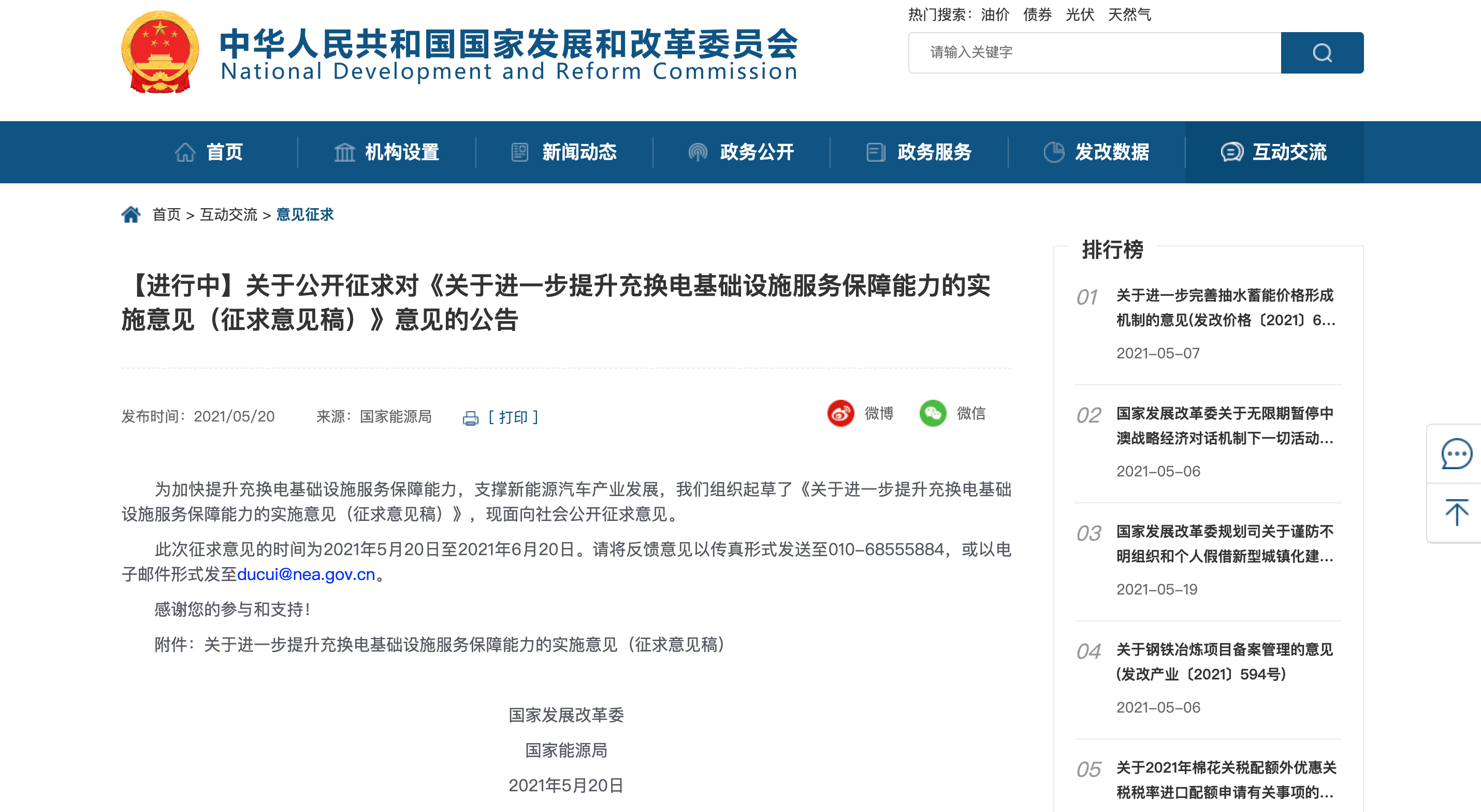 Quick Take:
Quick Take:
NDRC proposes to accelerate the improvement of charging and switching infrastructure service capabilities to better support the development of the new energy vehicle industry in order to achieve the goal of peak carbon dioxide emissions by 2030 and carbon neutrality by 2060. As policies precede actions, it is believed that the policies will pave the way for the development of electric vehicles in cities at all levels.
Smart’s New Pure Electric SUV Will Be Mass Produced Next Year
On May 19, the Smart officially released the exterior design sketch of its new pure electric SUV concept car and announced that the first mass-produced model of the new Smart will be launched in 2022. It is planned to be officially released during the Munich Auto Show in September this year.
The new car is developed by Geely’s global research and development center and based on Geely’s vast SEA architecture. It is equipped with fast charging technology, intelligent key, voice control, and car OTA update functions.
Quick Take:
Smart has always been known for its exquisiteness and compactness, but the first mass-produced model of the new Smart has turned into a compact five-seat SUV. It remains to be seen how well the market will accept it.
This article is a translation by ChatGPT of a Chinese report from 42HOW. If you have any questions about it, please email bd@42how.com.
